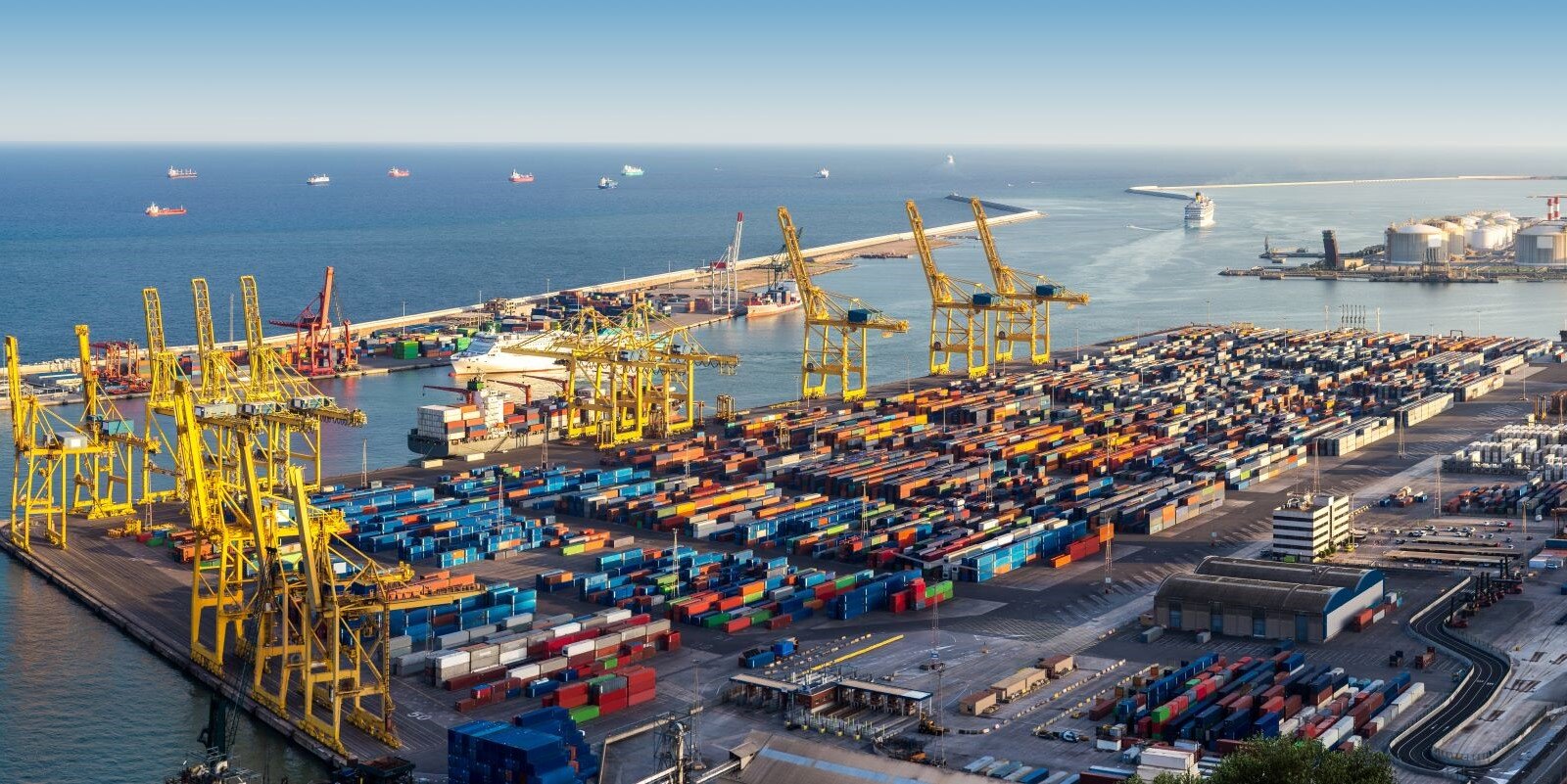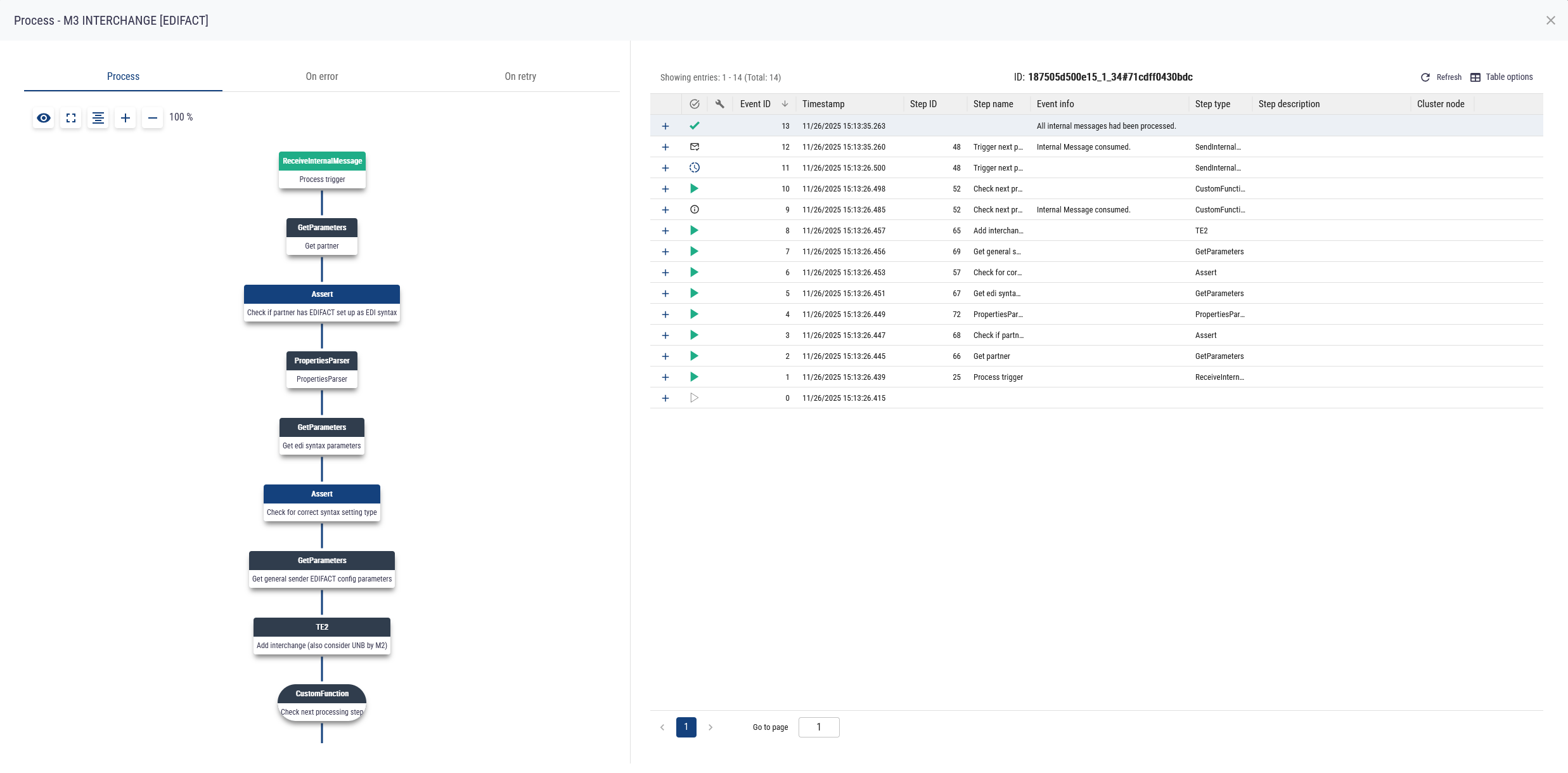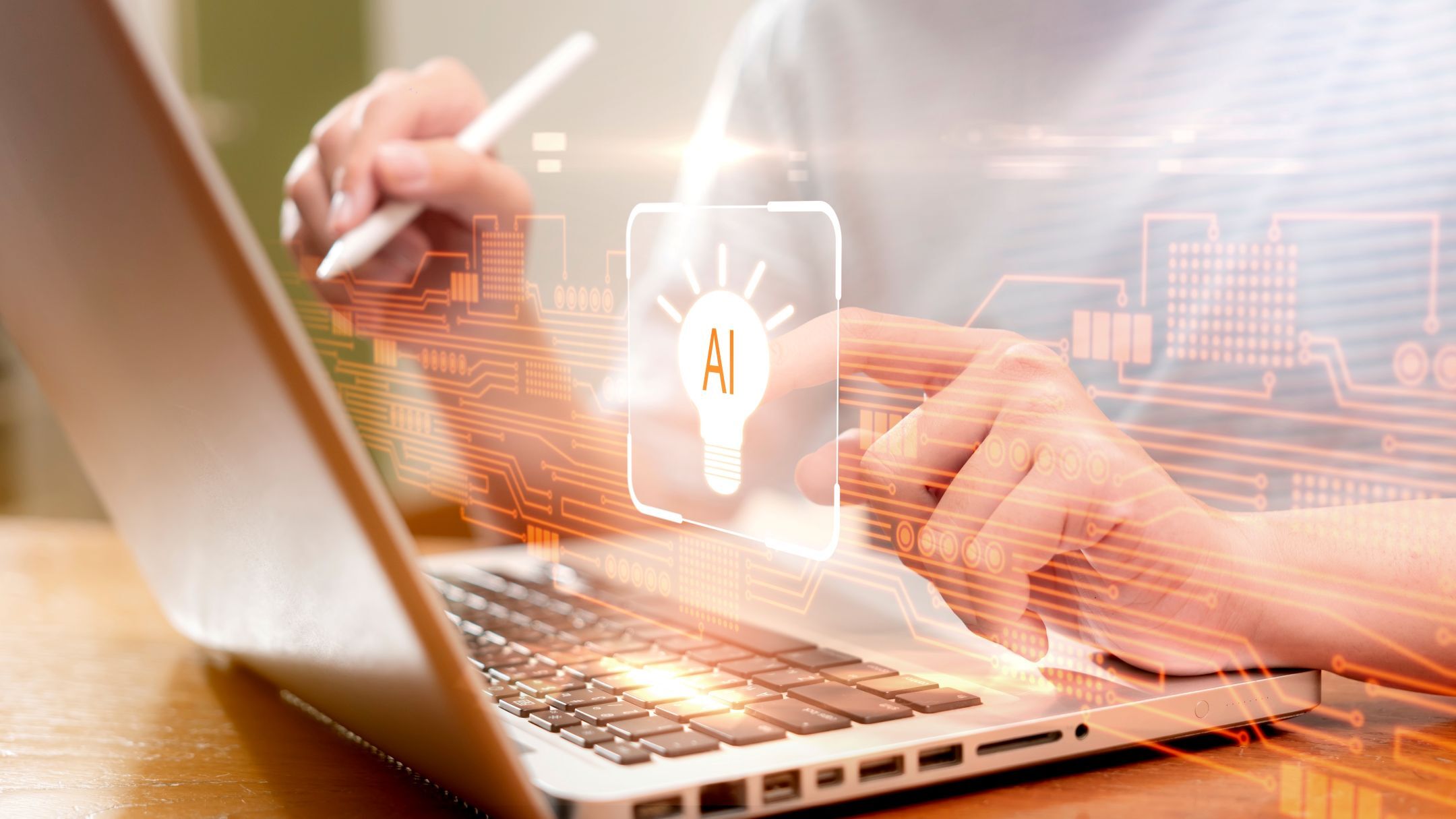How a Digital Twin helps Europe´s ports save energy
Specialist article by Volker Hettich, Chief Strategy Officer at compacer, from the Greentech 2025 E-Journal

Energy efficiency has become a significant focus for the economy. Many companies, including ports and terminal facilities, have been exploring ways to make their operations more energy-efficient and CO2-neutral. The development of Digital Twins plays a crucial role in this endeavour, and this is just the beginning of a transformative journey.
To understand the importance of Digital Twins, we must first recognise the prerequisites for the success of ports and terminals. These include the safe, efficient, and intelligent maximisation of capacity and throughput. Logistical and digital hubs along critical transport flows—as well as the seamless transition between ship, road, and rail—should have minimal environmental impact. To remain competitive in the international arena, ports must prioritise innovative technologies and sustainable solutions. While sustainability projects are becoming more widespread, establishing a Digital Twin for energy optimisation is considered the gold standard.
FROM OLD TO NEW
One notable example comes from a northern German port, where two container cranes, whose capacities were no longer sufficient for use at this port, were dismantled and shipped across the Baltic Sea to Estonia. Upon commissioning at the new location, the opportunity was seized to create a Digital Twin of the energy management system for these cranes, aiming to enhance their energy efficiency in future operations.
These cranes had served their original port well for over 15 years, handling vessels carrying up to 14,000 containers. However, as the global shipping industry evolved, freighter giants with capacities of up to 23,000 containers became the norm in major ports. Consequently, the use of these cranes in their old home became less lucrative. Their reach and arm length could no longer match the demands of the larger container ships.
To accommodate new container terminals with greater processing volumes, the decision was made to relocate the two existing ones. Since the cranes were still in good condition, they found a new home at a smaller Estonian partner port. Transporting the 1,400-tonne cranes resulted in a logistically challenging endeavour that required careful planning, including consideration of tidal schedules. But this project exemplified a masterful achievement in sustainability.
From the idea of repurposing the container cranes, further projects emerged to optimise processes, costs, and energy consumption. It quickly became clear that digitisation and automation of the various hardware and software components required for crane operation would play a central role. These cranes, composed of countless components from a multitude of manufacturers, had been in operation for over a decade and a half—meaning their original design was nearly 20 years old. As a result, it is understandable that the level of digitisation of these complex crane structures was outdated. Therefore, it was crucial not only to reassemble the cranes after their transfer but also to find a way to equip the hardware components with modern sensor technology, enabling reliable and future-oriented control by the port operator.
MORE TRANSPARENCY: YOU CAN ONLY CONTROL WHAT YOU KNOW
Recognising that retrofitting could not be uniformly applied across all areas of the crane, the port operator prioritised the digitisation of energy management due to its importance for environmental protection. During the loading and unloading process, energy is both consumed and generated. For instance, lifting a container requires significant energy, while the horizontal movement from the ship to the shore consumes less energy, and during the unloading process, energy is even generated. The goal was to integrate electricity demand and generation into port operations.
One idea was to supply the energy generated during unloading to power the automated guided vehicles (AGVs) used for landside transport. The advantage of this approach lies in the fact that the operational loading management of these vehicles already corresponds to a high level of digitisation, making it easy to track where electricity is needed.
The biggest challenge was the visibility of the data. To overcome this, additional power measurement sensors—or power metres—were installed on the cranes that were re-commissioned in Estonia to obtain data on electricity demand and energy production. To effectively evaluate and utilise the generated data, the port turned to Digital Twin technology. But what exactly is a Digital Twin? While there are various interpretations, Wikipedia describes it as the digital representation of a material or immaterial object from the real world in the digital world. Digital Twins are well-known in the production environment—especially in the automotive industry—where they are typically used to develop new products, improve manufacturing processes, or simulate specific situations. They primarily operate in testing environments.
In the context of the mentioned port project, 'Digital Twin' refers to the digital representation of the crane’s sensor data.
DIGITAL TWIN
The next question is how to collect and visualise the sensor data. Can information be structured and evaluated? Can the data be integrated into existing port management and be connected to other partner systems, such as SAP or the terminal operating systems (TOS) commonly used in ports? Can the Port Community System (PCS) and other order management systems be included? These questions were raised before searching for a digital data hub that would not only facilitate data exchange but also provide a solution for condition monitoring through the data.
The hope was to generate a Digital Twin with broad evaluation and connection possibilities. And it worked. Using the edbic Business Integration Cluster from compacer as a data hub, the port was able to unlock and visualise previously hidden data. In addition, the data from the new sensors was also represented in a uniform structure—known as the meta format—which can be easily integrated into the existing software landscape. The result is a comprehensive collection of 'old data' and new energy sensors that provides a concrete representation of the energy demand and the energy produced by the two container cranes. The data is detailed and meaningful, enabling the port operator to manage energy efficiently.
While in the past the energy generated during unloading was carelessly released as heat into the air, today it is possible to store it and use it for other purposes. A software supported by artificial intelligence methods provides a forecast of future consumption. In combination with data from other trades, applications, and cloud services, this forecasting software is capable of predicting the electricity flow up to a week in advance with an accuracy of between 96 per cent and 98 per cent.
In the long term, the aim is to establish an optimally designed energy cycle, which will proactively recognise the point of demand for electricity and software-supported reuse of the produced energy in a continuous process.
COPY AND PASTE: HOW SUCCESSFUL CONCEPTS CAN BE MULTIPLIED
The benefits don’t stop here. Other European ports within the same group now want to scale and utilise this approach. Drawing on the experience in Estonia, they aim to improve energy management in other container terminals and save CO2.
There are also plans to extend the principle of the Digital Twin to other areas—such as monitoring cable lengths. This would be a step into predictive maintenance activities, as monitoring cable lengths and the associated cable quality could help identify and thus avoid downtimes and failures of container cranes in advance.
Ultimately, on the way to energy-saving and resource efficient port management, the connection of horizontal and vertical processes is the key to success. Only by extracting a maximum of data from the operational port components and making it visible for further processing can modern ports operate in an energy-saving manner and become 'greener'.
CONCLUSION
In conclusion, the integration of Digital Twins in port operations represents a significant advancement in energy management and sustainability. By leveraging modern technology, ports can optimise their processes, reduce energy consumption, and contribute to a greener future.
The journey towards energy-efficient port management is just beginning, and the potential for innovation and improvement is vast. As more ports adopt these practices, the collective impact on the environment and the economy will be profound, paving the way for a more sustainable maritime industry.
ABOUT THE AUTHOR
As Chief Strategy Officer of compacer GmbH, Volker Hettich makes digital processes tangible and visible. With three decades of expertise, he advises renowned companies in data integration and process automation. His innovative strategies and business models help firms grow and flourish in today's dynamic digital landscape.
More news
View all news
edbic 3.6.0: Prepare your integration system for the digital future!

How AI becomes a digital assistant rather than a black box
